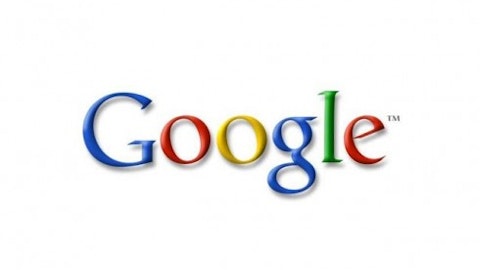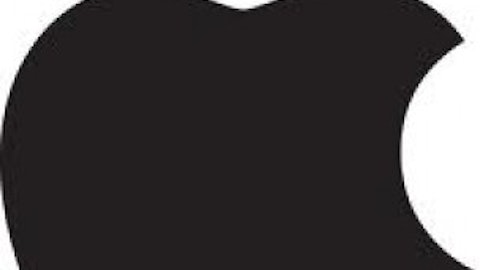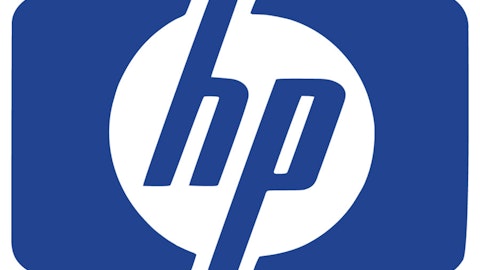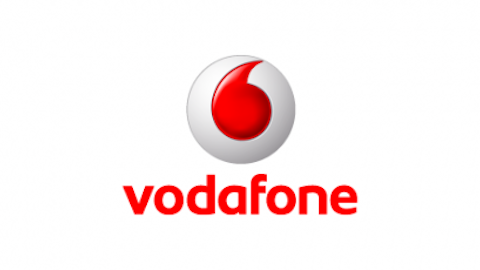Speaking of investment, Pandora founder Tim Westergren said in the company’s early days they were once down to $25,000 in cash and had once considered (only half-jokingly) just going to Vegas and putting it all on black. Not long after that moment, they received a cash infusion from a corporate investor, which brought much-needed funds for the company to continue operations. With the newly acquired money, Westerngren made a decision that may have been somewhat unpopular to many investors. He decided to back-pay salaries to employees for the past several years of their work. Said another way, many Pandora employees had been working for years without collecting salaries. That commitment to the cause catches my attention as a strong company culture.
Although most consumers recognize the blue Pandora logo and are familiar with the company’s brand, it is doubtful that they make this a buying decision. The majority of Pandora’s revenues come from internet advertising that cares mostly about page hits and eyeballs.
The Music Genome Project is covered by US Patent Number 7,003,515. But this isn’t enough to really lock competitors out. They’ll still find a way to create a similar offering, and Pandora doesn’t have an exceptionally strong patent portfolio.
Pandora scores 2 of 4 points for Intangibles – one for Leadership and Vision and one for Culture.
Stickiness
As briefly mentioned above, the competitors have similar offerings to Pandora. Apple has launched Genius and is working out the details of their own form of internet radio. Spotify allows users to assign songs to Playlists that can be stored in the cloud and played at any time. Both rely on users paying for content (Apple in the form of per-song download costs and Spotify in the form of monthly subscriptions) and are relatively low-cost. Switching costs are non-existent and there is no distribution network that can lock out competitors.
However, there is an element of Pandora that is habit-forming. The website allows you to ‘thumbs-up’ songs that you like from its recommendations. With time, Pandora learns more about you and can improve its recommendations. This is an incentive for users to come back. The more data you give it, the more likely the songs it recommends will be in-line with what you like.
Pandora scores 1 of 3 points for Stickiness – one for Recurring/Habit Forming.
Customer Experience
Overall, customer experience is very positive. Pandora’s business model is notably different than that of Apple’s iTunes Genius. Pandora offers paid subscriptions, but the majority of its revenue comes from advertising (premium subscriptions cost $39 annually and is advertisement-free; they were up 52% year-over-year in 3Q’12 but still totaled only $13.7 million of $120 million total 3Q revenue). Conversely, Apple makes money off of Genius by recommending songs for users to download off of iTunes that are similar to the others in their library.
I give the advantage to Pandora in this respect. Though pop-up ads and commercials are unquestionably annoying, there is an aspect of them being ‘hidden’ moneymakers that are not as direct to users. Users can listen to playlists all day on Pandora for not a dime, whereas Genius would only allow you to access its new recommendations if you were to purchase them off of the iTunes stores (typical costs are $0.99 – $1.29 per song). In this respect, users enjoy the experience more and the Net Promoter Score is largely positive.





